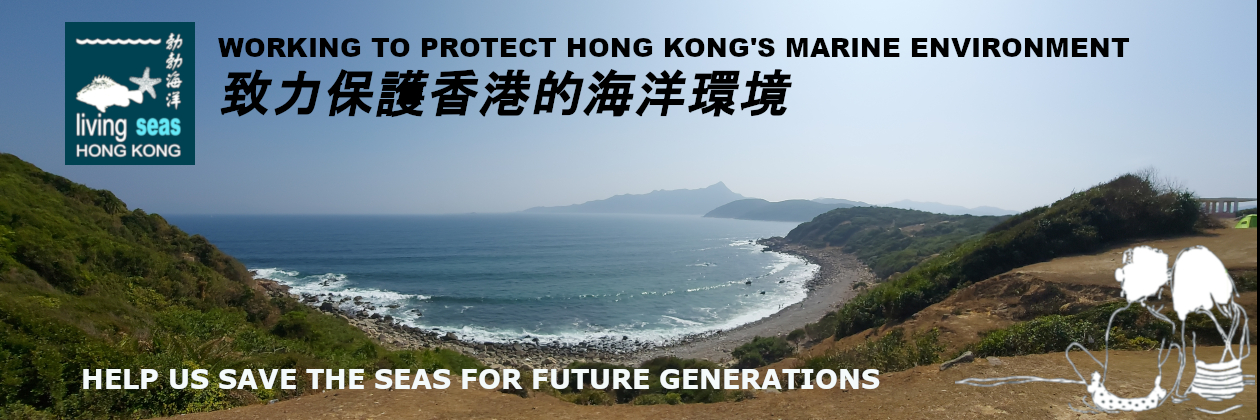To the credit of the Hong Kong authorities (AFCD) when they realized that the whale was showing signs of distress from this attention, they quickly implemented measures to ensure that disturbance to the animal was minimised. These measure included:
-
Release of a press release to remind the public that the humpback whale is a protected species in Hong Kong and urged visitors not to attempt any close encounters and that they might be in breach of the Protection of Wild Animals Ordinance.
-
Additional manpower and vessels were deployed on the 20 March to guard against any harassment to the whale.
-
A notice was prepared and handed out to all boaters, soliciting their support in staying away from the whale .
These steps were successful and the whale has not been seen since the 26th March.
So what are the lessons?
All cetaceans are listed under the Wild Animals Protection Ordinance even though there are very few instances of whales in Hong Kong waters. Although the Hong Kong authorities do not have any specific measures that they have implemented to protect whales however they have shown that they can react quickly and rapidly introduce effective measures to ensure that potential harm to these animals in Hong Kongs waters are minimised. This is in sharp contrast to the situation for other internationally protected marine species.
In Hong Kong fish and marine invertebrates are specifically excluded from protected. Yes that is correct,  ALL marine fish and ALL marine invertebrates are excluded and not protected. This would include IUCN Redlisted species such as whale sharks, humphead wrasse, Hong Kong grouper, Chinese bahaba. Two whale sharks were killed last year in Hong Kong and because of the lack of real protection under Hong Kong law there was nothing that could really be done.

This is inconsistent and needs to be resolved.
Living Seas Hong Kong continues to work with a broad range of Hong Kongers to ensure that this gap in legislation is plugged, please do get involved by visiting our website often.
